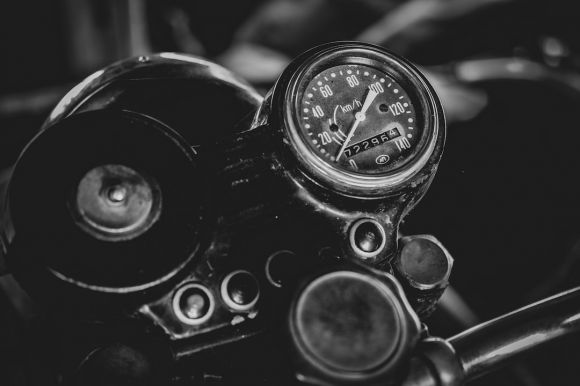Motorcycle speedometers are an essential component for riders to accurately monitor their speed while on the road. However, like any other electronic device, speedometers can sometimes experience issues that affect their functionality. If you find yourself facing problems with your motorcycle speedometer, fret not! In this article, we will explore some common troubleshooting techniques to help you get your speedometer back on track.
Checking the Connections
One of the first steps in troubleshooting a malfunctioning speedometer is to check the connections. Start by inspecting the wiring harness that connects the speedometer to the motorcycle’s main electrical system. Ensure that the connections are secure and free from any corrosion or damage. Loose connections or damaged wires can often be the culprit behind inaccurate speedometer readings.
Inspecting the Speed Sensor
The speed sensor is responsible for providing the necessary input to the speedometer to calculate the speed. A faulty speed sensor can cause erratic readings or a complete failure of the speedometer. To check the speed sensor, locate it on your motorcycle (usually near the front wheel or in the transmission) and inspect it for any signs of damage or debris. Clean the sensor if necessary, and make sure it is properly aligned with the speedometer gear.
Testing the Speedometer Cable
In motorcycles equipped with mechanical speedometers, a cable connects the speedometer to the front wheel or transmission. Over time, this cable can become worn or frayed, resulting in inaccurate speedometer readings. To test the speedometer cable, detach it from the speedometer and rotate the inner cable by hand. If it spins freely, the cable is likely in good condition. However, if it feels stiff or doesn’t rotate smoothly, it may be time to replace the cable.
Calibrating the Speedometer
Sometimes, the issue with a motorcycle speedometer lies not in its hardware but in its calibration. If you notice consistent inaccuracies in your speedometer readings, it may be necessary to recalibrate it. Consult your motorcycle’s manual or contact the manufacturer to determine the correct procedure for calibrating your specific model. This may involve adjusting the speedometer’s internal settings or using an external calibration tool.
Considering Electronic Issues
In modern motorcycles, speedometers are often part of a larger electronic system. If none of the previous troubleshooting steps resolve your speedometer problems, there may be an issue with the electronic components. In this case, it is recommended to seek professional help or consult a qualified motorcycle mechanic. They will have the necessary expertise and diagnostic tools to identify and resolve any electronic issues affecting your speedometer.
Conclusion: Seek Professional Assistance
While troubleshooting motorcycle speedometer problems can be done by the rider themselves, there may be instances where seeking professional assistance is the best course of action. If you are unsure about any step in the troubleshooting process or if your speedometer issues persist despite your best efforts, it is always wise to consult a professional. They can provide the expertise needed to diagnose and resolve any complex or underlying problems with your motorcycle’s speedometer.
In conclusion, a malfunctioning speedometer can be a frustrating experience for any motorcycle rider. By following the troubleshooting techniques outlined in this article, you can increase your chances of resolving speedometer problems on your own. Remember to start by checking the connections and inspecting the speed sensor, and proceed to test the speedometer cable if necessary. If all else fails, do not hesitate to seek professional assistance. With a functioning speedometer, you can enjoy a safer and more enjoyable ride on your motorcycle.
